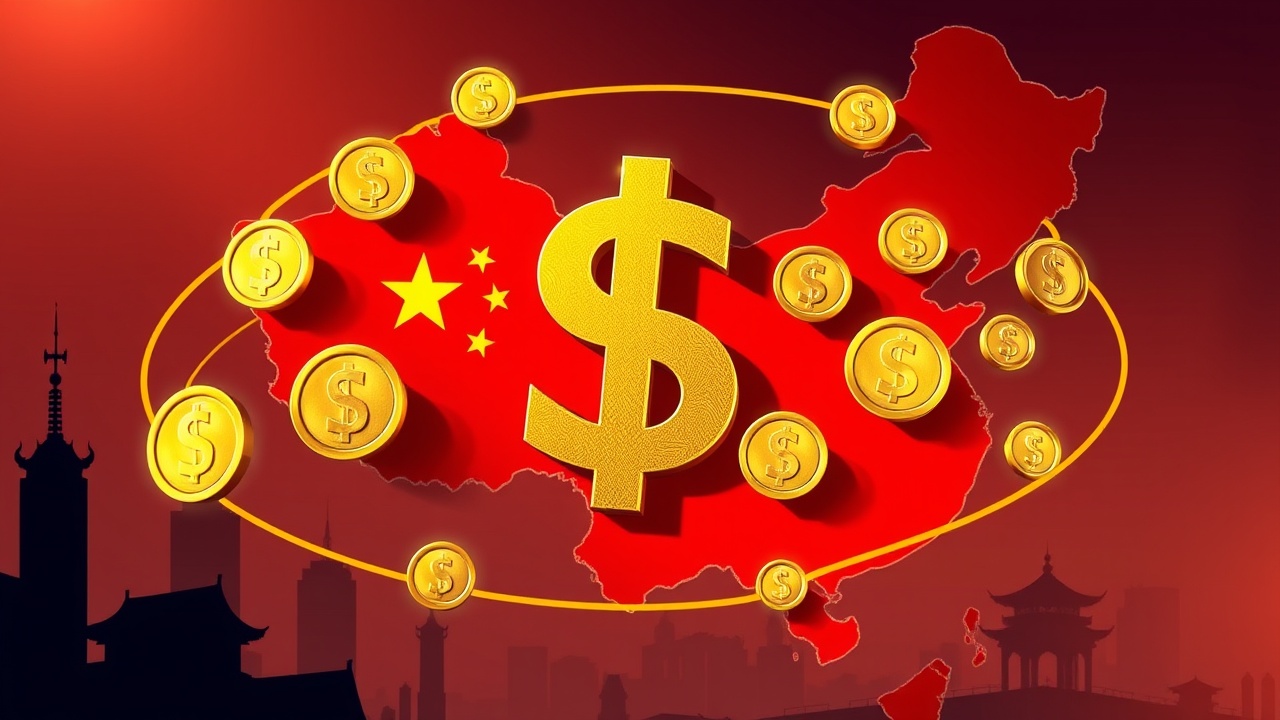Shanghai Officials Discuss Stablecoins and Blockchain Technology
Last week, officials from Shanghai’s state asset regulatory body convened for a private gathering focused on the examination of stablecoins and blockchain technology, an initiative that could signal prospective pilots within government-run enterprises despite the overarching ban on cryptocurrencies enforced nationwide in China. Under the leadership of He Qing, the Director of the Shanghai State-owned Assets Supervision and Administration Commission (SASAC), the meeting explored the potential applications of blockchain tech in areas such as international trade, management of supply chains, and the digitization of assets.
Shifting Perspectives on Digital Finance
Qing emphasized the importance of increasing awareness of new technologies and advancing research into digital currencies, a point of view outlined in a summary shared on the regulator’s social media, originally reported by Reuters. Although the meeting was cast as a standard political study session, its concentration on stablecoins may indicate a subtle but significant evolution in policy, following a warning issued by public officials in Shenzhen regarding scams linked to stablecoins.
This perceived shift in strategy has caught the attention of analysts who interpret it as part of a larger readjustment in China’s approach to digital finance, one that differentiates between speculative cryptocurrencies and state-sanctioned monetary utilities. Sam MacPherson, the co-founder and CEO of Phoenix Labs—developing Spark, a platform for onchain capital allocation—argued that stablecoins should be viewed as state financial tools rather than speculative investment options. He asserted that the current developments reflect a controlled experimental approach to state-centered monetary infrastructure, allowing regulators to explore blockchain solutions within tightly-controlled capital frameworks.
Regional Developments and Regulatory Responses
The rising demand for stablecoin infrastructure in Asia has been remarkable, according to MacPherson, pointing to regions such as South Korea, Singapore, and Hong Kong which have vibrant decentralized finance ecosystems. Notably, at the recent Lujiazui Forum in Shanghai, Pan Gongsheng, the governor of the People’s Bank of China, publicly acknowledged stablecoins, a departure from the central bank’s previous reticence. While he recognized their potential benefits, Pan also cautioned that advancements in technologies such as blockchain and distributed ledger could significantly alter payment systems, necessitating immediate regulatory responses.
Pan elaborated on how these technological innovations are propelling the development of central bank digital currencies and reshaping existing payment and settlement frameworks. Nonetheless, in cities with closer ties to the central authority, stablecoins remain an area requiring careful monitoring and cautious exploration. MacPherson noted that these recent developments align with Hong Kong’s proactive stance on digital assets, contrasting with Shenzhen’s more restrictive approach under mainland governance. However, if initial projects demonstrate the viability of stablecoins, other municipalities might become more receptive to their potential adoption.
China’s Dual Strategy for Digital Assets
MacPherson summarized this trend as a reflection of China’s dual strategy for digital assets: exercise of tight control coupled with targeted innovation through localized trials. This nuanced approach, which may seem inconsistent at first glance, represents a structured method of experimentation across different tiers, allowing variations in policy and practice as the nation navigates the rapidly evolving landscape of digital finance.




